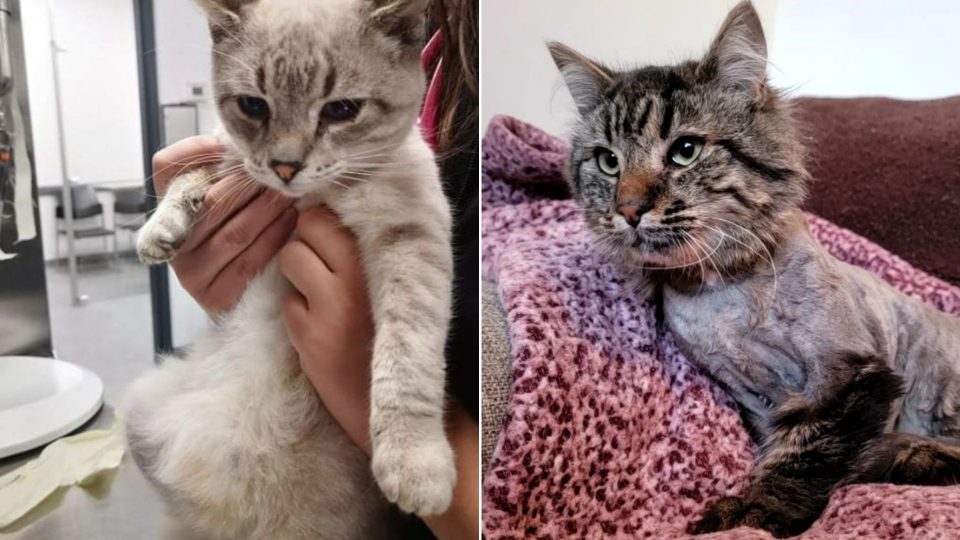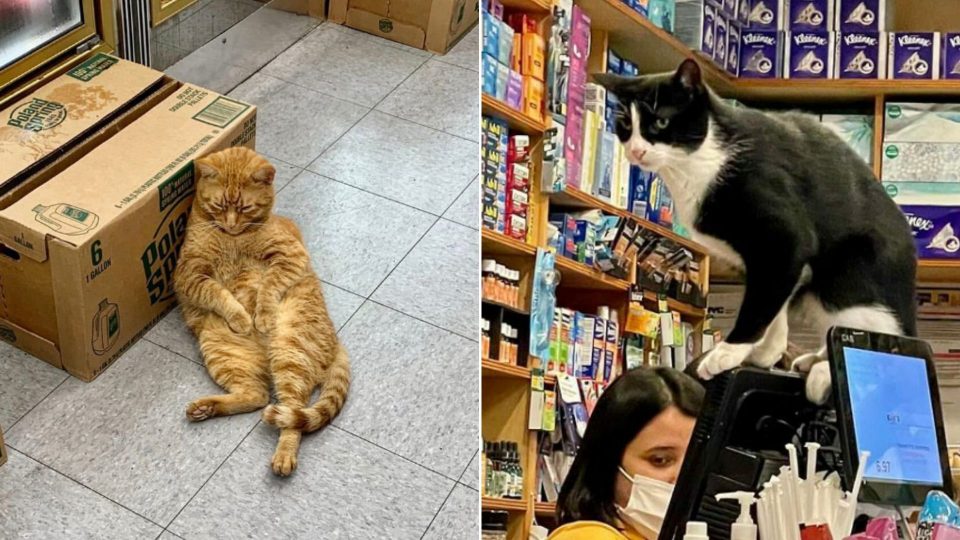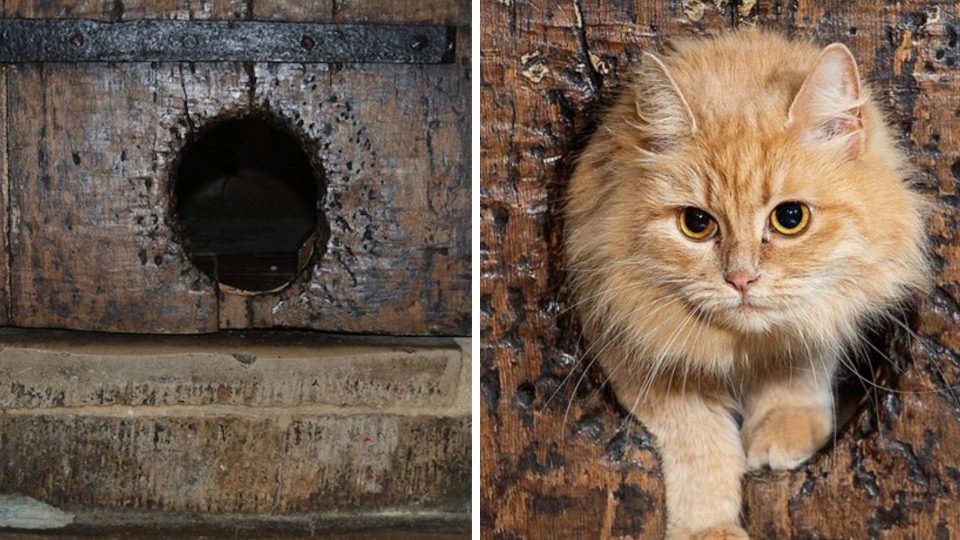
Long ago, cathedrals faced a persistent issue with mice and rats infiltrating their sacred spaces. They were in need of a solution to protect their precious food and books, and their answer was quite clever – cats.
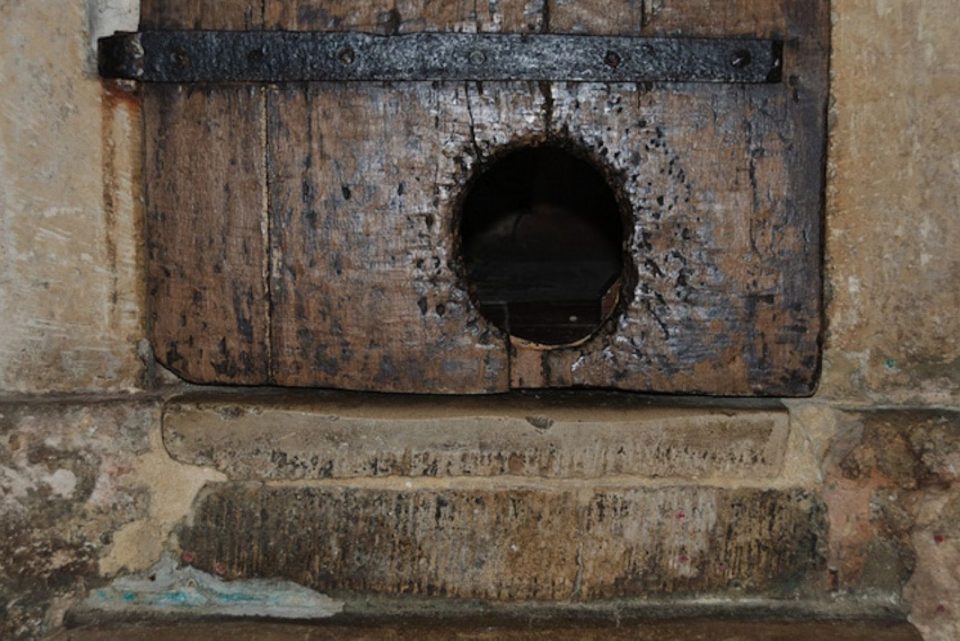
Source: exeter cathedral
One such cathedral, the majestic Exeter Cathedral, has been employing cats for centuries to safeguard its hallowed halls. In fact, they can proudly claim to have pioneered the very first cat door!
Their ingenious solution involved carving a cat-sized opening into their grand doors, thus giving birth to the concept of the cat door we know today.
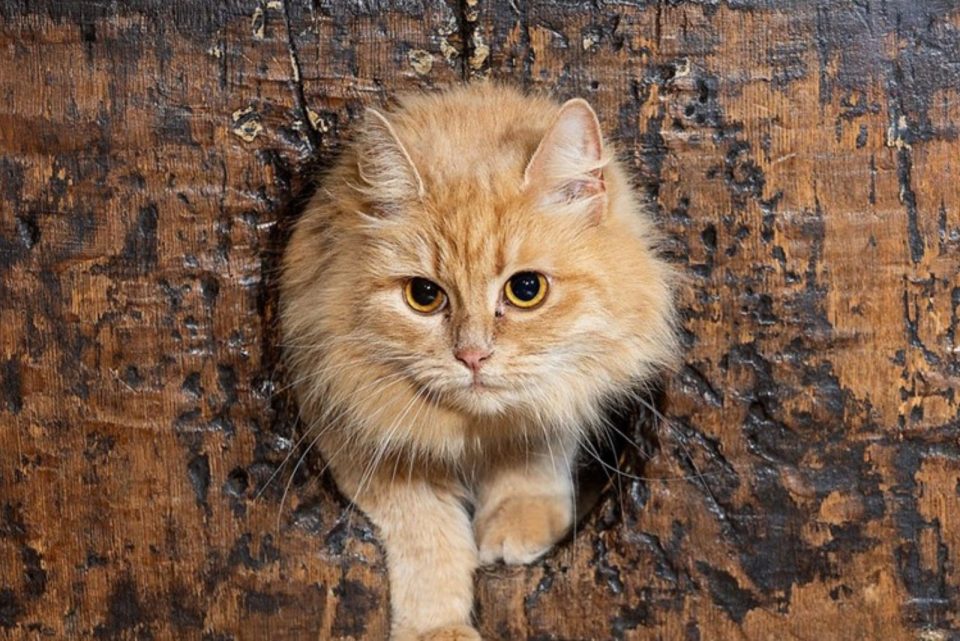
Source: church times
When you consider the sheer size of the Exeter Cathedral, with its two Norman towers dating back to the 13th century, it becomes evident that a legion of cats was required to maintain a vermin-free environment.
This charming story has captured the fascination of people worldwide. Interestingly, historical records even reveal that these skilled feline hunters were handsomely compensated for their valuable services.
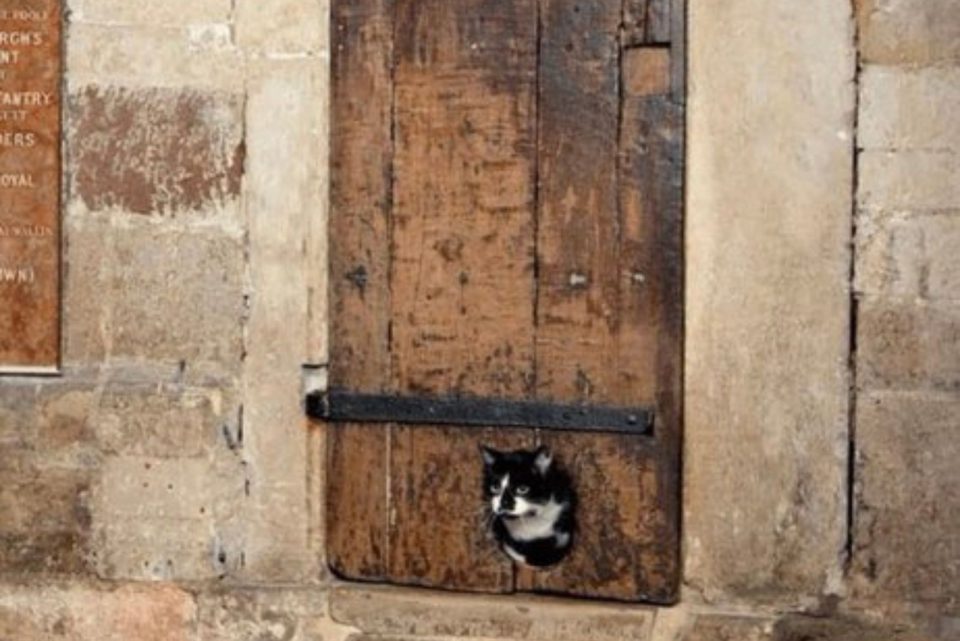
Source: twitter
Among the caretakers of these furry helpers were the custors – dedicated cathedral workers who performed various tasks, including bell-ringing and ceremonial duties. One of their special responsibilities was taking care of the cathedral cats.
These clever kitties were provided with an ancient cat flap, which we now call a cat door. This cat door, a hole carved into the North Tower door, provided the cats access to the interior of the cathedral, where they could expertly chase after mice.
In return for their diligent service, the cats were paid a respectable wage. Cathedral records from 1305 to 1467 indicate that “thirteen pence per quarter was given to the custors and the cat” or “for the cat.”
This amounted to one penny a week, most likely used to supply them with cat food.
During certain periods, there were likely two cats on duty, as the notes mentioned payments of 26 pence to the cats between 1363 and 1366.

Source: exeter cathedral
Exeter’s tradition of employing working cats extended beyond the medieval era. Even during the challenging times of World War II, an unpaid mouser cat named Tom roamed the church.
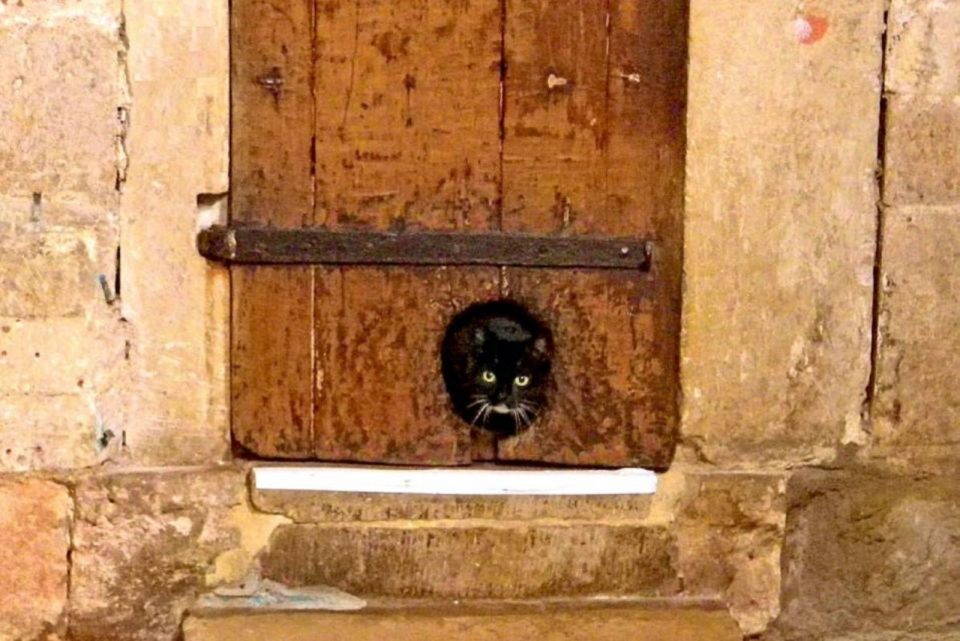
Source: exeter cathedral
Tom managed to survive the war, although he did lose an eye in a battle with an owl. The people held Tom in such high regard that they immortalized his memory by carving it into the restored chapel of St. James.
In the present day, the tradition continues with Audrey, a beautiful ginger cat, diligently using this ancient cat door. Audrey faithfully carries on the legacy of her feline predecessors by keeping the cathedral entirely mouse-free.
If you enjoyed this story or article, make sure to share it with your beloved friends and follow Cat's Voice for more heartwarming content & Videos!

